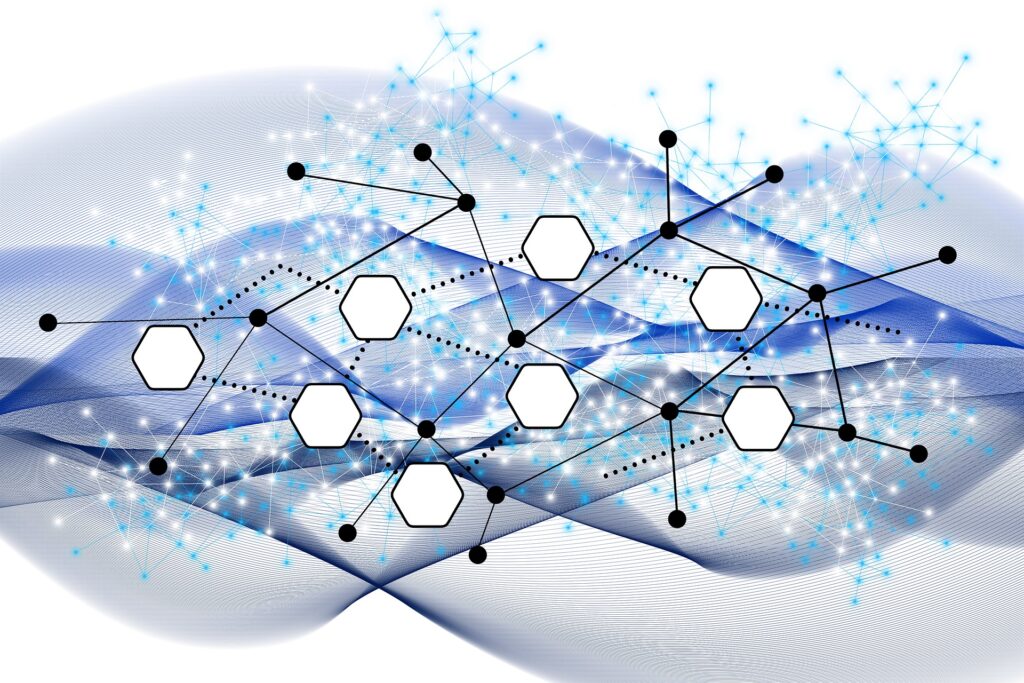This is not just a dream or a concept from a sci-fi movie; it’s a vision that Neuralink Blindsight 5e , the brain-computer interface company co-founded by Elon Musk, is actively pursuing. Their groundbreaking project, called Blindsight 5e, aims to restore vision to those who are completely blind, offering a beacon of hope to millions worldwide.
What is Blindsight?
Blindsight is Neuralink’s ambitious project designed to restore or provide vision to individuals who are either born blind or have lost their sight due to injury or disease. This isn’t just about restoring some vision; Neuralink aims to create a system that could potentially offer vision capabilities that might even surpass those of naturally sighted individuals in the future.
The Science Behind Blindsight 5e
At its core, Blindsight 5e involves brain implants that interface directly with the visual cortex—the part of the brain responsible for processing visual information. The visual cortex interprets signals from the eyes, allowing us to see the world around us. In people who are blind, this part of the brain might not be receiving any input, either because of damage to the eyes or the optic nerves that transmit visual information.
Blindsight 5e bypasses these damaged or missing components by directly stimulating the neurons in the visual cortex. This is achieved using a sophisticated brain-computer interface (BCI) that reads and writes signals to the brain. By stimulating the brain in a precise manner, Blindsight aims to create visual perceptions, allowing the blind to “see” through this artificial system.
Early Development and Challenges
Neuralink has made significant strides in developing Blindsight 5e, but the journey is still in its early stages. Initial tests have been conducted on monkeys, where the implants were able to produce basic visual perceptions—essentially flashes of light. These tests showed that the technology could elicit responses from the visual cortex, a promising sign that it could one day be used in humans.

However, the early versions of Blindsight 5e provide only very low-resolution images, similar to the pixelated graphics of early video games. This is because the technology currently involves stimulating a relatively small number of neurons in the visual cortex. Each neuron in the visual system is responsible for processing information from a small part of the visual field, and the challenge lies in stimulating these neurons in a way that creates a coherent and useful visual experience.
To achieve higher resolution and more detailed images, Neuralink will need to increase the number of electrodes in the brain implant, potentially connecting tens of thousands or even hundreds of thousands of neurons. This is no small feat, as each neuron has its unique “code” or way of processing information, and aligning the stimulation with this code is incredibly complex.
The Potential of Blindsight 5e
Despite the challenges, the potential of Blindsight 5e is enormous. If successful, it could restore vision to millions of people worldwide, including those who were born blind. Elon Musk has stated that he believes the technology could even allow those who have never had sight to experience vision for the first time. This is possible because, even in individuals who are born blind, the visual cortex is still present in the brain, albeit unused. By directly stimulating this area, Blindsight 5e could essentially “turn on” the visual system, allowing these individuals to see.

In the future, the technology could evolve beyond simply restoring vision to surpassing natural human vision. Musk has suggested that Blindsight 5e could eventually offer vision capabilities better than those we currently have, possibly allowing for enhanced perception in low light or seeing beyond the visible spectrum. While these ideas are speculative at this stage, they highlight the far-reaching possibilities of Neuralink’s technology.
Ethical and Social Considerations
As with any groundbreaking technology, Blindsight 5e comes with its share of ethical and social considerations. One of the primary concerns is the safety and efficacy of brain implants. While Neuralink has conducted extensive tests on animals, including monkeys, the transition to human trials will require rigorous scrutiny. The brain is a delicate and complex organ, and any intervention carries risks, including infection, tissue damage, or unintended side effects.
Furthermore, there are concerns about the potential for misuse of such technology. If Blindsight and similar brain-computer interfaces become widely available, there could be implications for privacy and autonomy. For example, who controls the data generated by these implants? Could the technology be used for purposes other than its intended medical applications, such as surveillance or cognitive enhancement?
There’s also the matter of accessibility. Advanced medical technologies like Blindsight 5e often come with high costs, raising questions about who will have access to them. Will this technology be available to everyone who needs it, or will it be restricted to those who can afford it? Ensuring that Blindsight 5e is accessible to all, regardless of socioeconomic status, will be a crucial challenge.
Regulatory Hurdles and Human Trials
Neuralink’s path to bringing Blindsight 5e to market involves navigating a complex web of regulatory hurdles. The company must obtain approval from regulatory bodies, such as the U.S. Food and Drug Administration (FDA), before it can begin human trials. This process involves demonstrating the safety and efficacy of the technology through rigorous preclinical and clinical testing.
As of now, Neuralink has made progress in this area, having successfully implanted its brain-computer interface in a human patient as part of its first clinical trial. This trial is focused on testing the safety of the device and gathering preliminary data on its effectiveness. The outcome of this and future trials will determine the timeline for Blindsight’s availability to the public.
The Future of Vision Restoration
Blindsight 5e is part of a broader movement within the field of neuroscience and biotechnology to develop technologies that can restore lost functions or enhance human capabilities. Other research groups are working on similar projects, such as the Illinois Institute of Technology’s Intracortical Visual Prosthesis, which uses a 400-electrode brain implant to improve the ability of blind individuals to navigate and perform visually guided tasks.

While Blindsight is a groundbreaking project, it’s not the only approach to restoring vision. Researchers are also exploring gene therapies, stem cell treatments, and advanced prosthetics as potential solutions to blindness. Each of these approaches has its strengths and challenges, and the future of vision restoration may involve a combination of these technologies.
A New Dawn for the Blind
Neuralink’s Blindsight project represents a bold step forward in the quest to restore vision to the blind. While the technology is still in its early stages, the potential it holds is immense. If successful, Blindsight could change the lives of millions of people worldwide, offering a new way to see the world and experience life in ways that were previously unimaginable.
However, as we move forward, it’s essential to address the ethical, social, and regulatory challenges that accompany such transformative technology. Ensuring that Blindsight 5e is safe, accessible, and used for the benefit of humanity will be key to realizing its full potential.

Here is a comprehensive table summarizing the key information about Neuralink’s Blindsight 5e project:
| Category | Details |
| Project Name | Blindsight |
| Company | Neuralink |
| Founder | Elon Musk |
| Objective | To restore vision to individuals who are completely blind, potentially surpassing natural human vision. |
| Technology | Brain-Computer Interface (BCI) |
| How It Works | – Direct stimulation of the visual cortex in the brain. |
| – Bypasses damaged or missing optic nerves and eyes. | |
| Current Stage | – Early testing phase with basic visual perceptions achieved in monkeys. |
| – Preparing for human clinical trials. | |
| Resolution | – Currently low resolution, similar to early video game graphics. |
| – Goal to improve and potentially exceed normal human vision in the future. | |
| Neural Mapping | – Complex task of mapping individual neuron “codes” for accurate visual stimulation. |
| Challenges | – Increasing the number of electrodes in the implant. |
| – Ensuring precise alignment with neural codes for high-resolution vision. | |
| Ethical Concerns | – Safety of brain implants. |
| – Privacy and data control issues. | |
| – Accessibility and cost considerations. | |
| Regulatory Status | – Requires approval from regulatory bodies like the FDA for human trials. |
| Future Potential | – Could restore vision to those born blind or those who lost their sight. |
| – Possibility of enhanced vision beyond natural human capabilities. | |
| Comparative Technologies | – Other research includes gene therapies, stem cell treatments, and visual prosthetics. |
| Social Implications | – Raises questions about equity in access to advanced medical technologies. |
| Public Perception | – Mix of hope for groundbreaking advances and concern over ethical implications. |
| Key Quote from Elon Musk | “Resolution will be low at first, like early Nintendo graphics, but ultimately may exceed normal human vision.” |
| Current Testing Subjects | Monkeys |
| Expected Next Steps | Transition to human clinical trials following regulatory approval. |
This table provides a structured overview of the Blindsight project, making it easier to understand its various aspects and the potential impact it could have.
The road ahead is long and fraught with challenges, but with continued innovation and careful consideration of the implications, Blindsight 5e could usher in a new era of vision restoration, offering hope to those who have lived without sight for too long. It’s not just about seeing the world as it is, but about envisioning a future where the blind can see, and where technology can help us transcend our limitations.
Blindsight 5e is more than just a technological breakthrough; it’s a testament to the power of human ingenuity and the relentless pursuit of a better future. we mention more technology about AI on our website >. For those who have been in the dark for too long, Blindsight 5e promises a new dawn, where light, color, and life itself can be experienced in all its glory. As Neuralink continues its work, the world watches with hope and anticipation, eager to see what the future holds for this revolutionary technology.